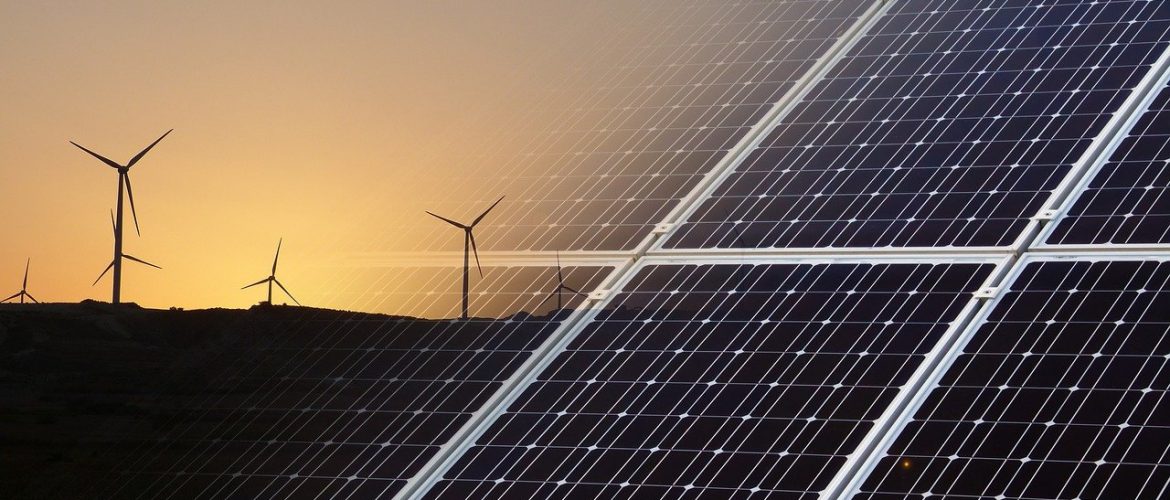According to the latest available monthly data from the Greek IPTO (ADMIE) for the interconnected network (July 2023):
Despite a 240 GWh decrease in renewables production in July 2023 (1850 GWh) compared to July 2022 (2090 GWh), renewables retained the lead in cumulative electricity generation for the first seven months of 2023 (11969 GWh), outperforming fossil gas and lignite combined (10762 GWh) by 1.2 TWh. Following a steadily increasing trend over the last 10 years, renewables were in first place in the first seven months of 2022 as well, but back then it overtook fossil gas by a much smaller margin (+596 GWh in 2022 compared to +3937 GWh in 2023) and was behind the cumulative contribution of fossil gas and lignite by 2603 GWh.
Additionally, in the first seven months of 2023 and despite the “dip” in 2023 compared to 2022, fossil gas remained in second place (8032 GWh), while net imports were in third place with 4262 GWh. This was followed by lignite (2730 GWh), which has shown a downward trend in the first seven months of the last 6 years, and large hydro (2023 GWh).
The large decrease of gas in the contribution to electricity production during the first seven months of the year compared to the same period in 2022 (-2977 GWh), the smaller decreases from large hydro (-571 GWh) and from lignite (-469 GWh), were primarily offset by the large increase in net imports (+1989 GWh), then by the reduction in electricity demand (-1671 GWh) and finally by the increased contribution of renewables (+363 GWh). The above hierarchy is a partial reversal of the situation up to June 2023, where the reduction in gas and hydro generation was primarily offset by the reduction in demand. However, the very significant increase in demand in July 2023 reversed this trend cumulatively for the overall seven-month period.
The corresponding percentage changes in the first seven months of the year compared to the same period in 2022 were as follows:
Lignite: -14.7%
Fossil Gas: -27.1%
Renewables: +3.1%
Hydro: -22%
Net imports: +87.5%
Demand: -5.4%
In total, in the first seven months of 2023, clean energy from renewables and large hydro (13991 GWh) exceeded fossil fuel-based production (10762 GWh) by more than 3 TWh, recording the second highest production for the same period in the last 10 years, after the first seven months of 2022 (14199 GWh). On the contrary, electricity production from fossil fuels during the same period reached an all-time low, having decreased by 24.3% compared to the same period in 2022.
Renewables set a record by covering 41.2% of demand in the first seven months of 2023, almost 4 percentage points above the previous high of 2022 (37.8%), while together with large hydro they covered almost half of demand (48.2%). The increase in domestic electricity production was even greater, as renewables together with large hydro had a share of 56.5%, exceeding the 2022 share in the same period by just over 6 percentage points (49.9%). The remaining demand in the first seven months was met by fossil gas with a share of 27.7% (the lowest since 2019), net imports with 14.7%, and lignite with 9.4% and hydropower with 7%.
Especially for July 2023:
- Electricity demand (5505 GWh) as the highest for 2023 and increased by 486 GWh compared to the same month last year.
- Production from fossil gas (1910 GWh) was the highest compared to the rest of 2023 and so was production from hydropower (432 GWh).
- Net imports had the second highest monthly contribution for 2023 (720 GWh) after that of January (1046 GWh).
- Renewables had the second highest monthly contribution for 2023 (1850 GWh) after that of March (1882 GWh).
Demand increased by 9.7% compared to July 2022, after twelve consecutive months in which it was lower than in the same month of the previous year. Cumulative consumption for the first seven months of 2023 (29025 GWh) decreased by 5.4% compared to the same period of the previous year, a five-year low and by 3.9% compared to the average of the last five years.




















































































































































































































































































































